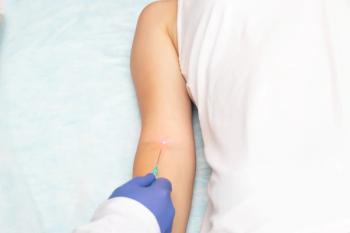
First Global Report on the Status of Continuing Professional Development in Pharmacy
PRESS RELEASE
Bangkok, Thailand, September 4, 2014— For the first time, pharmacy organisations can refer to a snapshot of continuing professional development (CPD) around the world, make comparisons with the situation in their own countries and use this information to improve how their pharmacists maintain their competence.
The information is to be found in the "Continuing professional development/continuing education in pharmacy: global report", which was published today by the International Pharmaceutical Federation at the 74
th
World Congress of Pharmacy and Pharmaceutical Sciences.
In preparing the report, the FIP Education Initiative gathered data from 66 countries and territories. Among the findings were that in 88% of the countries, pharmacists are expected to provide some form of self-funding for their professional development. However, it was also found that 77% reported contributions to CPD/CE by pharmaceutical companies.
It was found that the largest providers of CPD/CE are pharmacy professional bodies (90.6%) followed by universities (83.1%), employers (55.4%) and private providers (52.3%). In addition, in 30.8% of the countries, the pharmacy regulator was also a learning provider.
The survey reveals significant variance between the continuing professional development and continuing education frameworks in each country, and how activities are accredited. Several country case studies are described in the report. For example, in Northern Ireland CPD is mandatory, with four-stage CPD cycles required to address nine elements assessed by the pharmacy regulator, whereas in the USA CE is preferred — it is mandatory to maintain a licence to practise in all states with CPD being optional in three states. In Japan, CPD is done through an online portfolio system, supported by professional standards and guidelines. In Namibia, CPD has a modular approach but capacity and resource constraints reduce the opportunity to provide comprehensive quality education. Countries reveal the challenges they have faced in implementing CPD as well as their future plans.
Showcasing also the diversity of options of the offering, but even in a poorer country they are still focus on CPD. "This report is the first publication of its kind, providing a baseline on the current status, activities and trends of professional development in pharmacy. We share this report in order to trigger dialogue and stronger policies around continuing education for health. The report provides guidance for our member organisations around the world to provide briefings for their stakeholders," said Henri Manasse, FIPEd chair.
The full report will be available at
.
Newsletter
Stay informed on drug updates, treatment guidelines, and pharmacy practice trends—subscribe to Pharmacy Times for weekly clinical insights.













































































































































































































